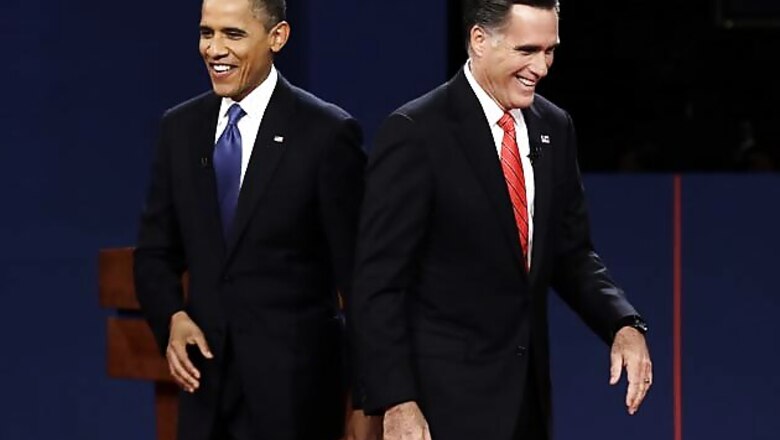
views
Washington: Owing to the unique nature of American political system, both the camps in fray for the presidential polls will be eying the magical figure of '270', which is the minimum number of Electoral College votes a candidate needs to bag to be declared as the next President. Presidential elections in the US are held under which each state is worth a certain number of electoral votes based on population.
For instance California, the most populous state of the country has the maximum number of 55 Electoral College Votes, followed by Texas (38) and 29 each for Florida and New York. Under this Electoral College System, there are a total of 538 electoral votes available, meaning 270 are required to win.
It is these 538 Electoral College members, who will meet on December 17 to formally elect the President and Vice President of the United States. On January 6 next year, the Senate and the House of Representatives will assemble in joint session to count the electoral votes and formally declare the next President and his deputy. Notably the system was put in place in 1804 by 12th Amendment to the Constitution.
These Electoral College members are nominated by the presidential candidates and are expected to vote for their leader when they are elected. For instance Indian American Kumar Barve, Majority Leader of Maryland House of Delegate, has been nominated as one of his 10 Electoral College member from Maryland.
While this has become a ceremonial function, I still consider this a great honor," Barve said. In almost all the states, the winner of the popular votes, even by a margin of one vote, is allocated all the Electoral College votes.
According to the latest tally compiled by RealClearPolitcs based on latest polls, President Barack Obama has 201 Electoral College Votes, while Mitt Romney, the Republican presidential candidate, has 191 votes and as many as 146 Electoral College votes spread over 11 states are tossup. These States are Colorado (which has nine Electoral College votes), Florida (29), Iowa (6), Michigan (16), Nevada (6), New Hampshire (4), North Carolina (15), Ohio (18), Pennsylvania (20), Virginia (13) and Wisconsin (10). These are the states where both Obama and Romney have spent most of their last few weeks addressing multiple rallies and a major part of their advertising money has gone into these states.
Both Obama and Romney have avoided spending their time and energy in states where they are certain to win. For instance campaigns by Obama in California and Romney in Texas have not been vigorous.
In the event of a tie, or if no candidate receives a majority, then choice of the President and Vice President "defaults" to Congress in a procedure known as contingent election. In a contingent election, the House of Representatives elects the President, choosing from among the three candidates who received the most electoral votes.
Similarly, the Senate elects the Vice President, choosing between the two candidates who received the largest number of electoral votes. The most notable feature of contingent election is that each state has the same vote, regardless of population.
In the House, each state delegation casts a single vote for President, while in the vice presidential election, each Senator casts a single vote, said a latest report of the Congressional Research Service. The CRS said although its constitutional elements have remained largely unchanged since ratification of the 12th Amendment, the electoral college has never worked quite the way the founders anticipated - as an indirect, deliberate selection process, carefully filtered from political considerations.
"Instead, it accommodated the demands of an increasingly democratic and political-party dominated presidential election system, ultimately evolving into a patchwork assemblage of constitutional provisions, state laws, political party practices, and enduring traditions that, with several notable exceptions, has delivered the popular vote winners in most presidential elections," CRS said.



















Comments
0 comment